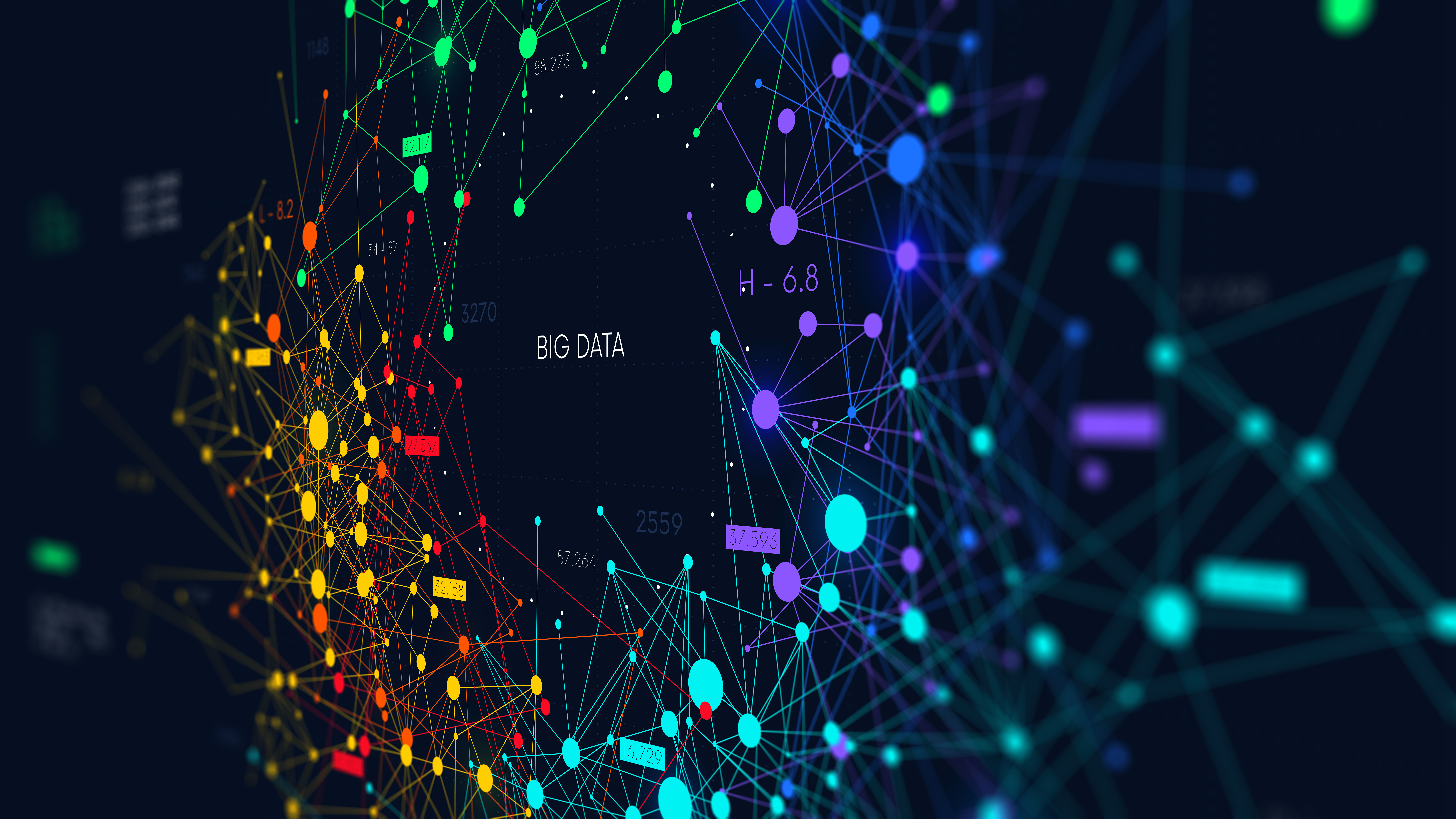Entity Recognition: A Key Enabler for Optimizing Workflows
Entity recognition is a key enabler for optimizing workflows at your organization, providing users with meaningful insights extracted from their data.
In our overview of the entity recognition blog, we share how Mindbreeze allows numerous entities like people, organizations, dates, and locations to be extracted from structured and unstructured data – leading customers to build personalized thesauri and ontology.
We also promised to share some compelling use cases. Below is a short video of Trey Norman, Senior Pre-Sales Engineer, covering our DRUG360 use case where extraction techniques are employed to provide additional information on pharmaceutical drugs and ingredients.
As you see, extracted entities deliver proactive insights regarding the medication "Fluoxetine" inside of dashboards. The insights shared directly with the user may include anything from the dosage form to adverse effects of the medicine. In addition, a mouseover on the drug label will pull additional information about the specific ingredients or medication as a whole from an external database.
Although this specific example or use case applies to the pharmaceutical industry, using rule-based extractions, catalog-based extractions, and AI-based extractions can benefit a wide range of functional areas.
Rule-Based Extractions
A rule-based extraction comes from a machine learning model that works on a predetermined set of rules. For example, "if" the user clicks this, "then" the system will provide this information about the drug. Humans would code these rulesets, and query results would be based on the predefined outcomes. Rule-based extractions are great for relatively straightforward applications, requiring little data, such as a basic search for quick information or repetitive processes that don't demand complex decision-making.
AI-Based Extractions
AI-based extractions are constantly learning and evolving from user behavior and data outputs. For example, when new information gets added to a database about "Fluoxetine," the machine learning system will adapt to provide the end-user with up-to-date information. When a company uses a large amount of data from various data sources, this extraction technique will account for numerous factors and potential outcomes and ensure the user is provided with relevant results. A great example of a general AI-based approach is when an E-commerce company suggests to you which pants to buy or when a streaming service recommends a new TV show or song based on past behavior or similar user's interests on the platform. Another popular one is an automated yet personalized marketing email when someone visits your app or website. It is ever-evolving and not locked into a set of rules.
When it comes to AI-based extraction for internal business use, the same methodology is used. The intelligence extracted from documents will be based on behavior within your department, what others deemed as useful information, and enriched with details in real-time.
Minbreeze InSpire's entity recognition insight service uses a combination of extraction techniques to be major time-savers and information feeders for our customers. The proactive insights pulled from data sources cut time and costs by reducing errors, increasing data-driven decision-making, and saving employees from repetitive tasks they dread.
Why hunt for information when we can recognize what you are looking for and provide it straight to your workflow? Contact the Mindbreeze experts today for more details.
Latest Blogs
Boosting Enterprise Intelligence with Tool Calling
Introduction: A New Era of Intelligent SearchMindbreeze understands that enterprise needs have evolved. It is no longer sufficient for AI systems to retrieve documents or surface static answers. Tool calling meets this demand head-on.
Scaling Agentic AI and the Future of Enterprise Intelligence: A Conversation with Daniel Fallmann on The Digital Executive Podcast
AI continues to transform how organizations harness their information—and in the latest episode of The Digital Executive Podcast, our CEO and founder Daniel Fallmann sits down with host Brian Thomas to share how Mindbreeze is setting a new standard with en


